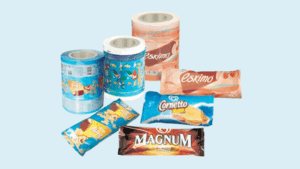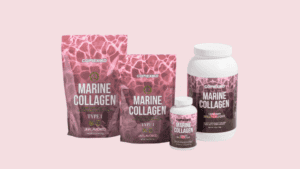Last Updated on March 14, 2025 by Packoi Team
It is becoming more difficult to capture customers’ attention due to the huge number of products on the market today. You might wonder how you can make your product appealing to people who are always in a hurry.
Approximately 64 percent of consumers worldwide will either approve or disapprove of a brand based on their personal beliefs. To succeed in business, you must master the art of product and brand presentation.
Making a brand-new product label design for a business could feel like a huge challenge. How do you tell if it will work, and where do you even start?
Developing your brand identity and product label is only one of the challenges you’ll face when starting a business.
If you want to know how to make product label designs for your company from scratch, read on. This guide will explain all the steps involved in creating and printing attention-grabbing product label designs.
But first, you need to understand some basic terms and types, so let’s dive in!
What Are Product Labels?
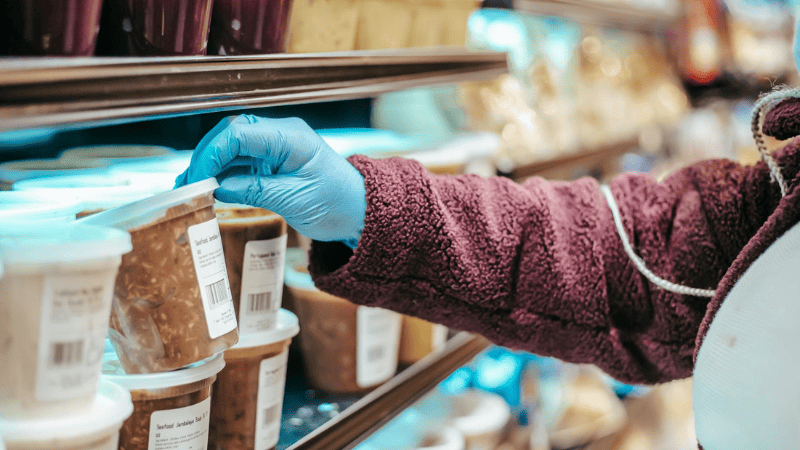
A “product label” can be anything from text to graphics to printing directly on the product packaging design. It can be on the outside of the product’s packaging, on an adhesive piece of paper or plastic, or anywhere else it appears.
Most product labels contain important information, such as:
- Name of the product
- Manufacturer Details
- Ingredients
- Logo
- Contact information
- Nutritional value (particularly for food products)
If businesses want to make a bigger splash, they can include more information on their label design than is strictly necessary. These additional components, which might enhance your brand identity, include:
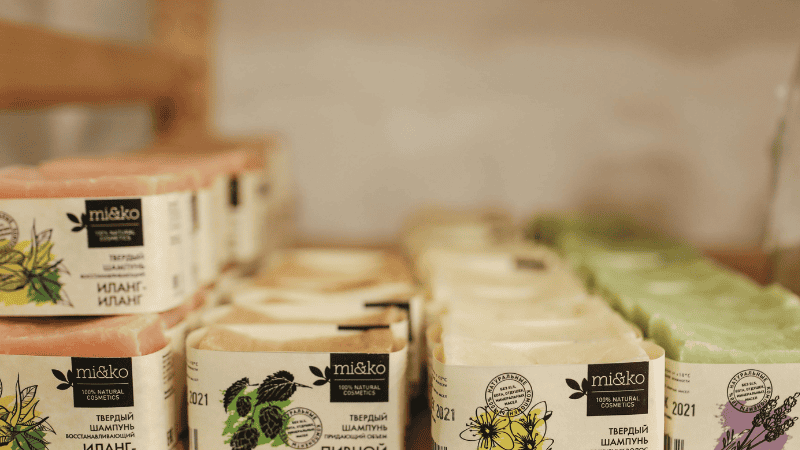
- QR codes
- Any warnings or cautions
- Tracking information
- Usage directions
The information provided on the label design can help your potential customers learn more about a product and how to use it properly after purchasing it.
Notably, a product’s ability to attract customers and stand out depends on the label’s design and aesthetic appeal. The primary goal of your label is to give consumers visual information on the products you sell.
Ready to Get Custom Packaging for Your Business?
start with a low minimum order quantity
Types of Product Labels
There are five main or general categories of product labels, each with its own specific function in the world of product labeling and packaging design. If you fully grasp their differences, you can better organize your business information and decide where to show it on your custom labels.
They are as follows:
1. Informative Labels
Consider the informative label design type as the uninteresting side or the unavoidable downside. Your product’s compliance and legal details must be detailed.
When learning how to design labels, you must pay close attention to specifics such as logos, allergens, cautions, nutritional information, and expiration dates. Make sure to give contact information to make it easy for clients to reach the company if they have any problems.
2. Brand Labels
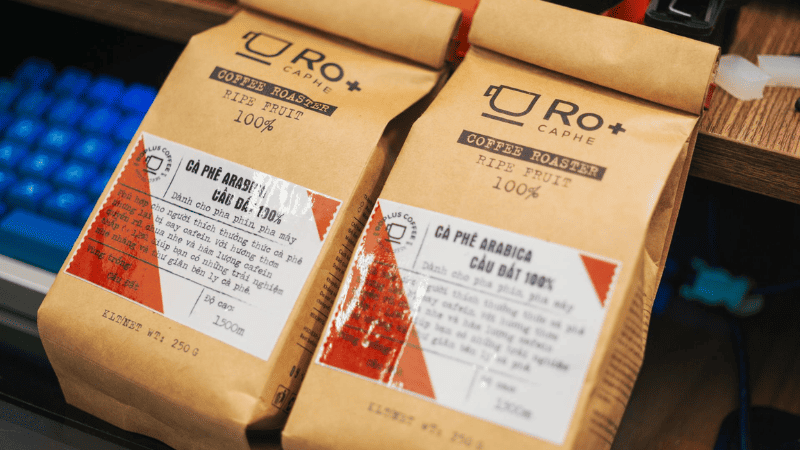
One of the best ways to promote your business is through a label created by a professional designer. Breathe new life into your brand recognition by finding your voice and ensuring it fits the language of your target audience.
Since this is the initial impression your consumer will have of your brand, the label design is responsible for drawing their attention at that moment.
3. Grade Labels
Grade labels are eye-catching indicators of product quality or grade that can be letters, numbers, tags, images, or scales. These find widespread application on fire extinguishers or in situations requiring the display of Nutri-scores.
Identifying irritants, allergens, contaminants, and approved grades are some of the safety procedures included in the packaging design.
4. Descriptive Labels
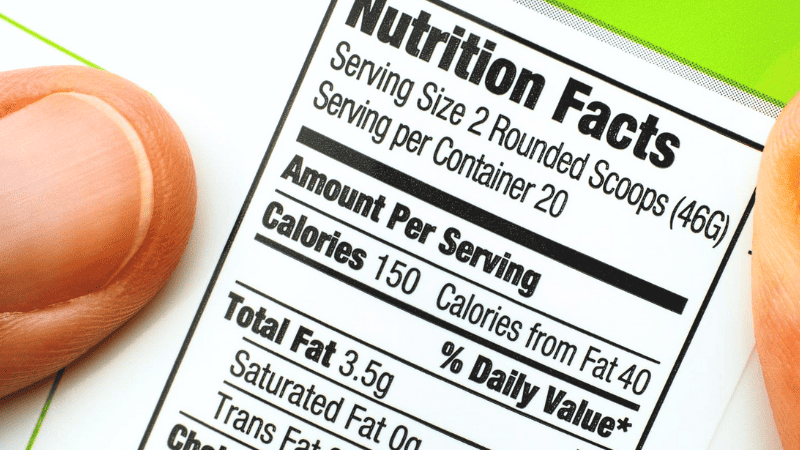
You can give more information about your product, such as how to use it and where to keep it, on a descriptive label design. Additional information that sets your product apart can include certifications for being eco-friendly or a vegan emblem, among other things.
“Proudly made in the US” or a brief description of the product’s benefits, like “Helps fight acne,” are brand-specific assurances and extra information that some brands include on their descriptive label design.
5. Promotional Labels
The primary functions of promotional labels are to convey persuasive marketing messages and to generate a feeling of urgency.
One uses catchy phrases like “Limited Time Offer!” to entice customers to purchase. Usually, these labels are more of an afterthought than a permanent part of the product packaging.
If we go further in-depth, the product labels can be divided into several categories. But to keep things simple for our readers, here is a quick hierarchy of prominent product label types:
4 Examples of Product Label Design
Product labels are a key touchpoint between brands and consumers, providing not only legal and ingredient information but also communicating brand identity and values. Here are four examples of the use of product labels in different industries.
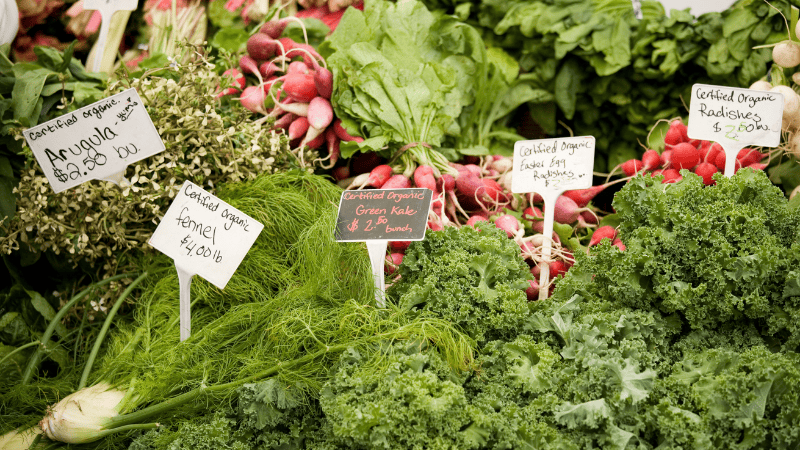
1. Fresh Produce Labels
Since there is a wide range in the sizes, forms, and label materials used to package fresh food, the kinds of labels might also vary. Below are the product labeling examples:
- Fruit Packaging Labels (pears, bananas, apples)
- Swing tags (onions and potatoes)
- Citrus fruit labels (lemon, oranges, etc)
2. Cosmetic Labels
Because cosmetics come in a wide variety of sizes, shapes, and surfaces, it’s important to keep that in mind when designing these labels:
- Face cream labels
- Beauty product labels
- Body lotion labels
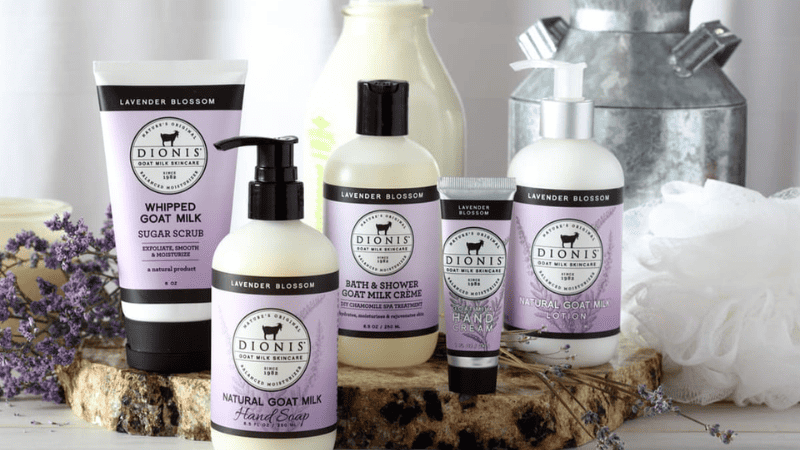
3. Pharmaceutical Labels
These types of labels are very clear and descriptive for easy handling, storage, and usage. Have a look at the product labeling examples:
- Antibiotic labels
- Pain medication labels
- General medicine labels
4. Plant Labels
Ensure you have easily distinguishable plant labels so you don’t confuse your carnations with roses:
- Rose labels
- Flower labels
- Fertiliser labels
- Pot plant labels
- Soil labels
- Tree labels
Ready to Get Custom Packaging for Your Business?
start with a low minimum order quantity
Top 5 Materials for Product Labels
Not only does product labeling simplify identification, but it also helps guide, handle, store, inform, and warn. Here is a rundown of seven common materials used for different product labeling examples in the business world:
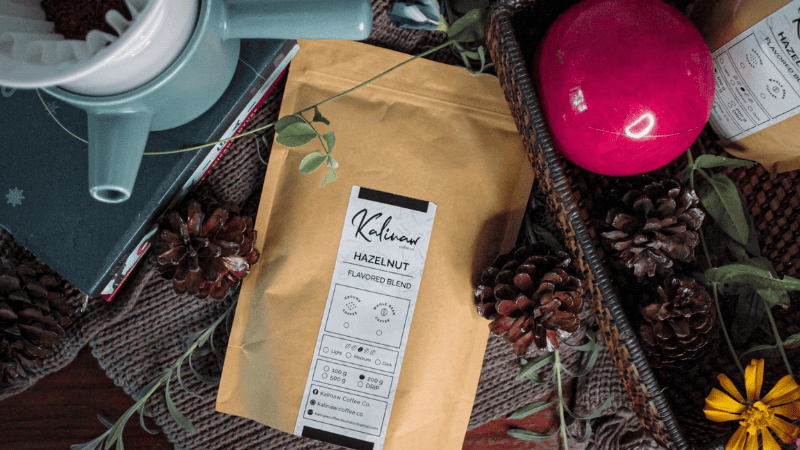
1. Paper Labels
If your product doesn’t require a tough label design, paper is the way to go. Paper will surely be your label soulmate if you search for character and texture without breaking the bank. Here are some major types of paper labels that you can choose from:
- Standard Paper Labels
- White Paper Labels
- Recycled Paper Labels
Companies in the food, drink, and pharmaceutical industries commonly use paper marketing materials for brand consistency and promotion due to their ease of customization. Paper has many uses and is ideal for printing because of its adaptability and versatility.
2. Plastic Labels
Labels made of plastic or film can be transparent, colored, printed, or plain. They can even have multiple layers of plastic. Combining them with other materials, including paper and aluminum, allows them to be single- or multi-layered.
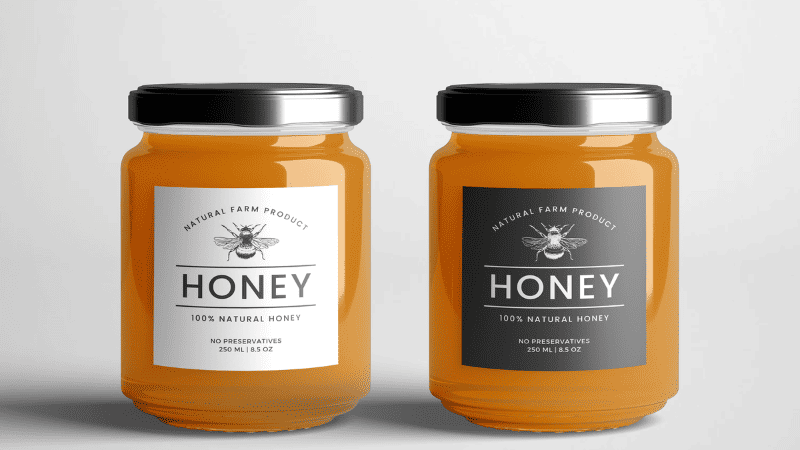
They are generally of the following types:
- Vinyl Labels
- Self-Laminating Plastic
- Polypropylene Labels
3. Recycled Labels
As the name indicates, these labels are crafted entirely from recycled materials. Because they aren’t made for laminating, Kraft labels can’t withstand moisture or oils.
Using these labels with machines is a piece of cake. Kraft and vellum labels are currently the most popular types of recycled labels among professional designers.
4. Specialty Labels
When regular labels fail in harsh conditions, specialist labels come to the rescue to keep going. This custom label design allows businesses to identify and monitor their products, parts, or components efficiently no matter where they move or what conditions they’re subjected to.

Here are the different types of specialty labels you can choose from:
- Biodegradable Labels
- Linerless Labels
- Coupon Labels
- Metallic Labels
The top examples of typical businesses that place orders for specialty labels include food and beverage, cosmetics and beauty, cannabis (often edible packaging and bottles), beer, spirits, and wine.
5. Other Types
Below are some more basic types of product labels that serve various purposes in different industries:
- Removable Labels
- Extreme Tack Labels
- Permanent Labels
- Stickers/Adhesives
- Reseal Labels
- Thermal Labels
- Pressure-Sensitive Labels
10 Elements of Product Label Design
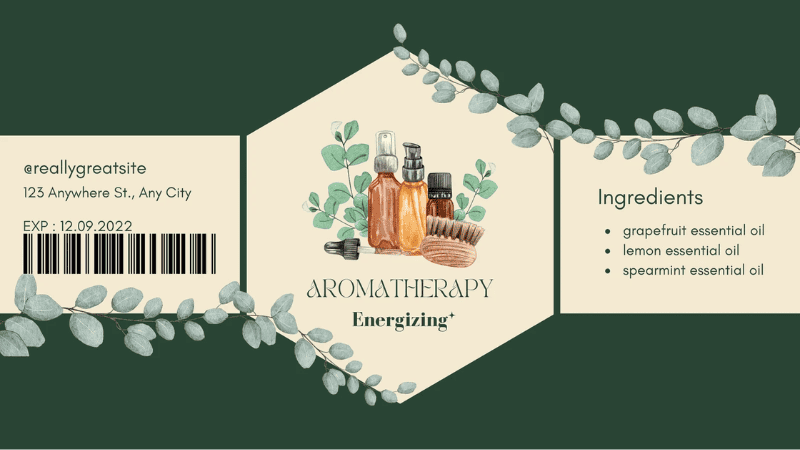
If you want your product labels to be thorough, accurate, and in compliance, you need to follow our Ultimate Product Label Checklist. The following components are considered essential to answer; how to make product labels that shine bright:
1. Product Name
To help potential customers find your products, make sure the name is displayed prominently on the label using typefaces that are easy to read.
2. Brand Logo
If you want people to remember your brand and buy your product, you must ensure that your logo and name are prominent on the eye-catching label.
3. Product Ingredients
According to the law, the label must list all the ingredients that went into the product using names that most people know. This data will be important to customers with severe food allergies or intolerances and will increase brand value.
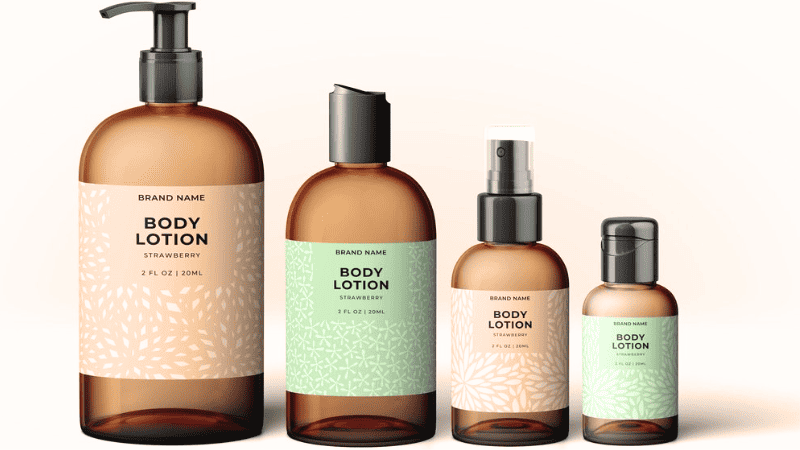
4. Product Description
This brief but detailed explanation of the product emphasizes its main qualities and advantages. Your label description should be concise yet captivating to get consumers’ attention.
5. Safety Cautionary Measures
Any product-related cautions or warnings must be included on the label. There may be age limitations, warnings about dangers, or safety instructions to ensure everyone is safe and following the rules.
6. Quantity Weighed
Be sure to add the exact net weight or volume of your goods on the label as well. Customers can better gauge the value of their purchases and easily compare products when this is in place.
7. Directions for Use
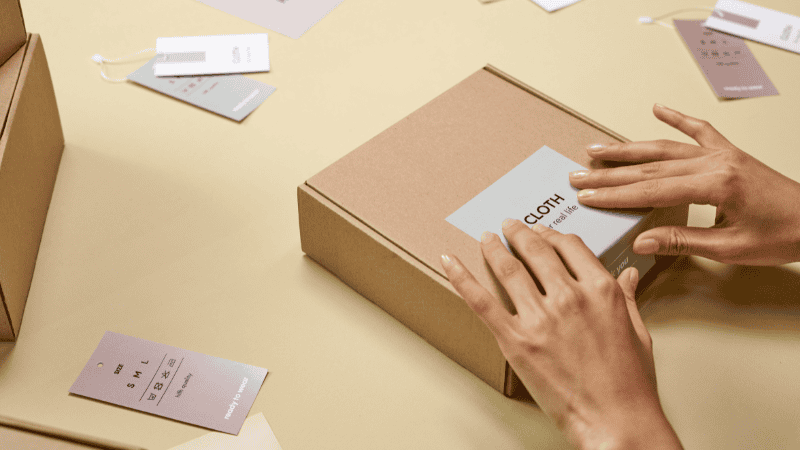
Tell your professional designer to include the product’s intended usage or application in your custom label design. Ensure customers know how to use the product properly and safely by giving detailed instructions or suggesting the right dosage.
8. Barcode
A scannable barcode should be included on your product label to facilitate easy product monitoring, inventory management, and sales transactions. Barcodes make it easier to capture accurate data and run smooth processes.
9. Date of Expiration
To give customers an idea of how long their product will last and how fresh it is, you should add an expiration date or best-before date to the label if it applies. Products with limited endurance or things with a high perishability factor should prioritize this.
10. Lot or Batch Number
A batch or lot number, or some other distinctive identification, must be included on your product’s label. This facilitates quality control and traceability by allowing for the identification of individual production batches in the event of a recall or other problem.
Ready to Get Custom Packaging for Your Business?
start with a low minimum order quantity
How to Design Effective Product Labels [7 Steps for Beginners]
Considering that most consumers make their purchasing decisions in-store, a well-designed label by an expert professional designer can have a major impact on a product’s success. The following are the steps to follow to develop an ideal product label:
1. Know Your Brand and Audience
Conducting thorough research is vital before beginning any final design process, especially when it concerns your business.
To begin informing your design selections, it is essential to identify the product’s target consumers by researching their demographics. It can be:
- Age
- Gender
- Personal values
- Geographical location
- Way of life
- Potential degree of education
- Purchasing power
- Products they often purchase from other brands, etc.
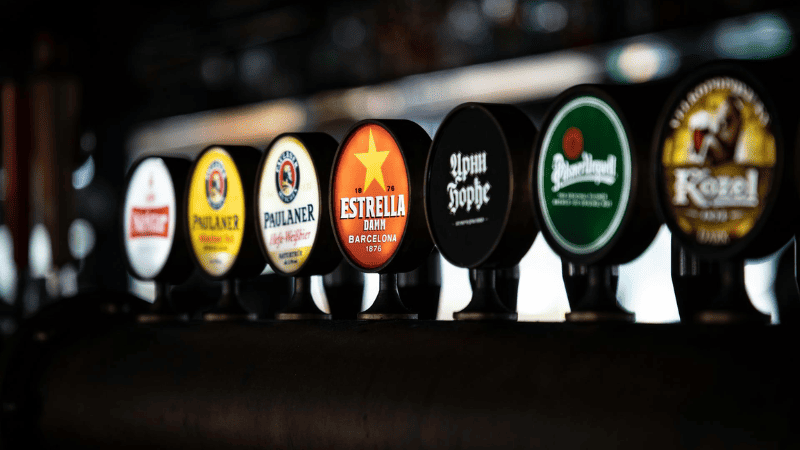
Your brand’s history and story cement its identity and ensure long-term customer engagement. People seek a deeper, more meaningful connection with the brands they buy from on a supermarket shelf.
Customers will be more receptive if you tell them why you made the product rather than just listing its features. A tale about your business is the first step or answer to how to design labels to establish that connection.
2. Choose Label Size
Having a product container or package in mind is an important second step in the label design process. Choosing appropriate packaging for your product requires investigating local vendors or manufacturers if you do not already have this information.
While you’re there, make mental notes of the bulk order price, size/shape, and material.
Common label sizes are compatible with most standard container types. The label size does not vary across different containers. Finding out what size labels are used with your chosen packaging is a crucial step. If you don’t have the measurements of the packaging, you won’t be able to decide on the label size.
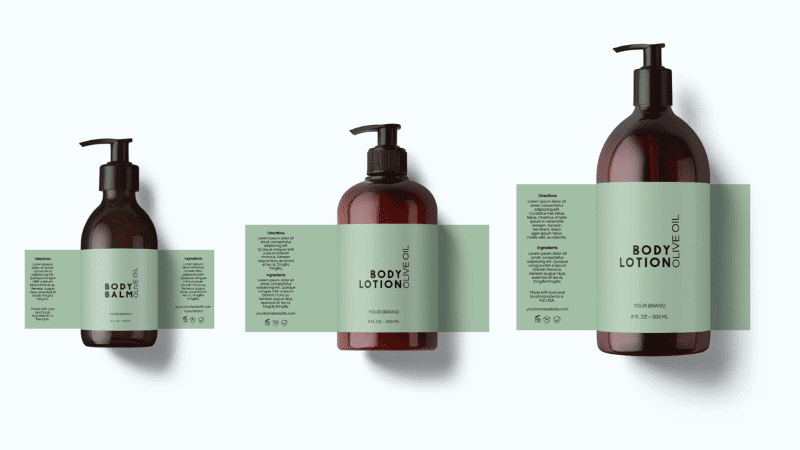
3. Choose Your Label Material and Finish
Selecting the raw materials for your label comes after you’ve settled on your brand’s identity. The way each label looks, in addition to the information printed on it, will influence how consumers will see it.
Consider the consequences for your product’s image and your brand’s reputation if the labels are easily torn or smudged while in transit.
Paper labels can be used effectively for packing glass bottles or jars. The surface that will bear your logo information is called a face stock, and you’ll have to pick one.
If you are unsure of your preferred style, have your printer or professional designer provide you with samples of each. You may be able to print metallic foil or other materials on the labels, depending on the factory you choose.
4. Choose Your Brand Colors &Graphics
Designing the content printed on your labels is the next step after selecting your face stock and adhesive. Thoughtfully choose the colors that will represent your product in the competitive market.
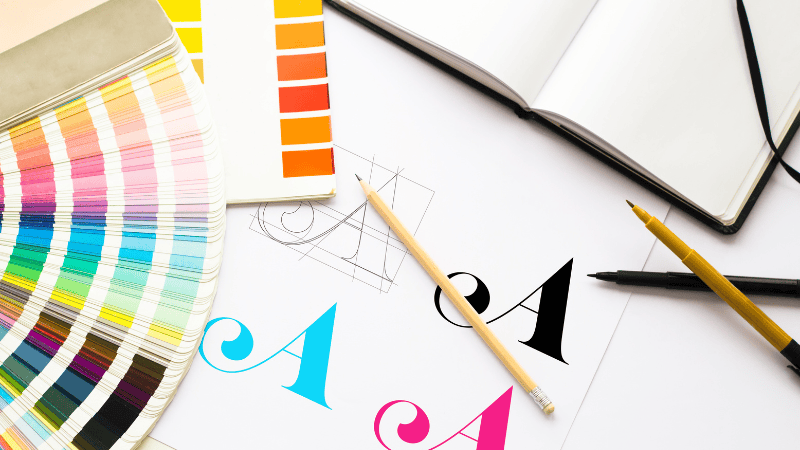
If there are many similar products on the market, you might want to look at their logos and label designs to decide which color scheme or graphics will make your brand unique.
If you want your label to stand out on the store shelf, add some graphics like high-quality pictures. Carefully choosing color schemes and graphic design elements will create an eye-catching and unique label that will surely attract customers.
5. Choose Typography
When making labels, choosing readable typefaces, regardless of their size, that are consistent with your brand’s theme is important.
Your product’s or brand’s individuality should shine through in the typeface. Take into account the fonts‘ readability, hierarchy, and aesthetic impact.
The label’s overall look, professionalism, and the successful communication of crucial information to consumers can all be improved with well-chosen typography. Particularly for critical information, make sure the font is legible and clear.
6. Pay Attention to Functionality
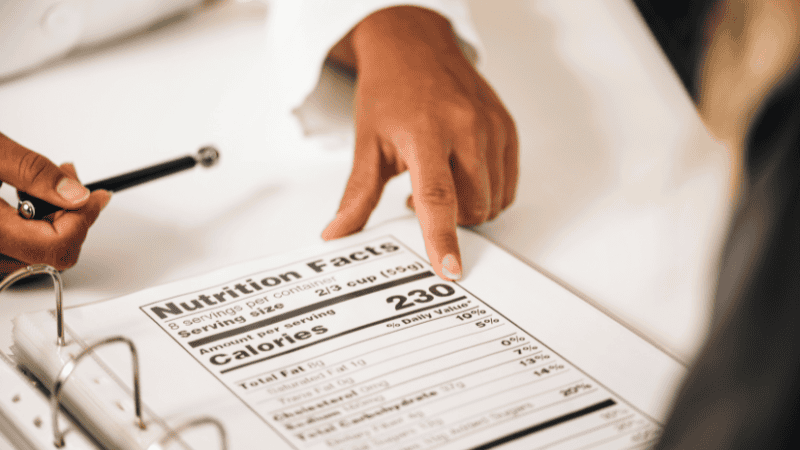
When attempting to create the ideal customized label, it’s easy to forget about the giant picture and concentrate solely on how the artwork looks. You should think about the practicality of your label in addition to its aesthetic value.
Generally speaking, you want your product label to do three things: stand out from the competition, pique the consumer’s interest, and draw them in. Having said that, your product label can serve other purposes as well.
Before diving into the design process, it’s important to have a clear idea of what you want your label to do, beyond just looking good. Product labels have a practical role in improving the product’s aesthetics.
7. Verify Extra Details, Accreditations, and Seals
In seconds, shoppers can scan the product labels. Consumers will take notice of your brand if it has voluntary certifications or seals that show it cares about health, the environment, or social justice.
People may quickly and easily learn about your brand’s principles by looking for symbols like the Non-GMO Project mark, the USDA Organic label, the many cruelty-free bunnies, etc.
8. Recheck Your Work
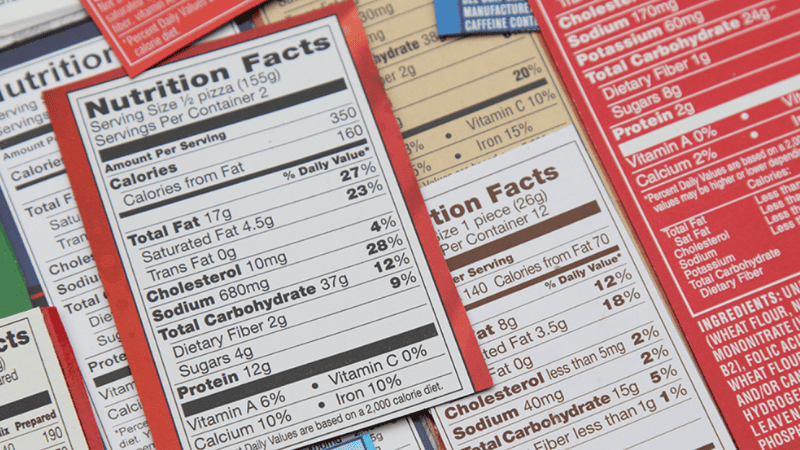
If you want to make sure that everything is spelled correctly, makes sense, and is legible, ask a buddy who is good with details to help you out. Another benefit of getting a second opinion on the final product is that it could help you catch typos or confusing language that you might have missed.
Without analyzing the details and giving it a final look, you might miss small to major blunders.
9. Evaluate and Revise
It is critical to collect stakeholder or target audience feedback after making a preliminary design. Take their feedback into account and make any required adjustments to the design. Evaluate the label’s legibility, readability, and visual effect across various sizes and settings.
The ultimate label design is fine-tuned for efficacy, user experience, and target achievement via iterative feedback processing.
10. Pay Attention To Print Quality
Make sure you have a high-quality label printout; it is the last but most important consideration.
Make an effort to improve the product’s visual presence by using high-quality cards to guarantee a positive initial impression. If you want a glossy, matte, or coated finish, hiring a professional is best!
Ready to Get Custom Packaging for Your Business?
start with a low minimum order quantity
Tips for Making Your Product Label Stand Out
Creating a label that not only attracts buyers but also creates a unique difference is essential to beat the competition. If you want your product to be more noticeable and sell more, here are six expert tips to remember while designing the label:
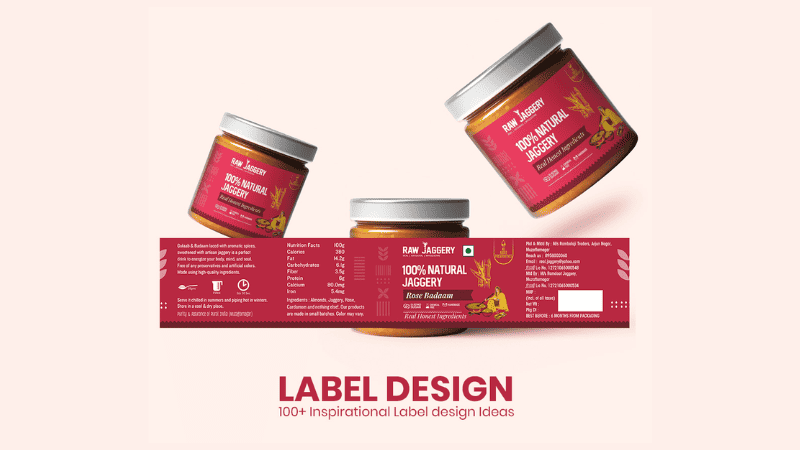
- Ensure Clarity and Consistency: Ensure the label has a clear logo, name, ingredients, etc. Moreover, the images, fonts, and colors you choose must be consistent with your brand theme.
- Value White Space: “White space” is the space between different elements on the product label. It is an important part of working with graphics since it prevents the design from getting too messy or crowded.
- Utilize Transparent Elements: If your product comes in a transparent container, consider using a clear label with minimalistic design elements.
- Include a Delightful Decorative Touch: Every product label needs some sort of decorative element to make it more visually appealing. This can be an image of the product in action, a drawing, a pattern, or even a colored copy.
- Allow Room for Barcodes: It’s easy to forget to make space for barcodes while designing, but you don’t want to add a separate label later.

Conclusion
Creating a standout product label requires a mix of creativity, innovation, and strategic thinking. By focusing on design elements that engage the senses, tell a story, and reflect your brand’s values, you can create a label that attracts attention and connects with consumers on a deeper level.
Product success or failure is directly related to product labels’ design, tone, theme, message, and functionality. If you’re looking for ideas for how to make product labels that speak loud and clear, we hope this guide has been helpful.
Unique and clear product labels will improve your products’ packaging, build brand loyalty, and convey your brand’s message. You now know better than just designing average product labels.
So, when should you start thinking about the ideal layout of your labels? Right now!
Packoi Can Create Unique Product Labels for Your Business!
With the help of this detailed step-by-step guide, some expert tips, and Packoi, you can develop some amazing product labels with the help of our Packoi expert designers!
Get in touch with Packoi if you need some professional guidance with your product labels.
All you need to do is contact us today to discuss your product label ideas. Our team of experts will get back to you with the best quote ASAP!


